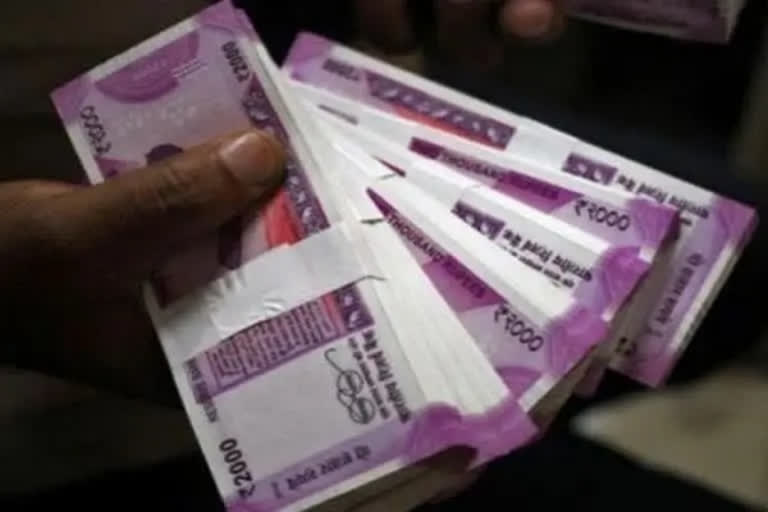New Delhi: Whether an emerging economy such as India will face the double whammy of high inflation and low growth phenomenon which is referred to as stagflation in economics? India is already passing through a phase of sustained double-digit wholesale inflation and high retail inflation which is above the upper tolerance limit of the country’s banking regulator, the Reserve Bank of India. This fear of stagflation prompted the Reserve Bank to hike the policy rate by 90 basis points in May and June this year.
Though the government is dismissive of the fear of stagflation, the latest official data reveals that the threat of the Indian economy entering into stagflation is on a higher side. For instance, while the wholesale prices are in double digits for the straight 14 months, the retail inflation was 8% in April, an 8-year high, before moderating a little in May. Similarly, as per the provisional data, the economic growth rate declined in the fourth quarter of the last financial year which ended in March 2022.
According to a study conducted by Oxford Economics, India and China stand in the middle of 18 emerging economies that face stagflation risk, a situation of high inflation and low economic growth that may last for several years. As per the data analyzed by Lucila Bonilla, Oxford Economics’ economist for emerging markets and Gabriel Sterne who heads research and strategy for emerging markets for the think tank, India is the 8th most risky country among the emerging economies to face the risk of stagflation during 2022-2024 period.
